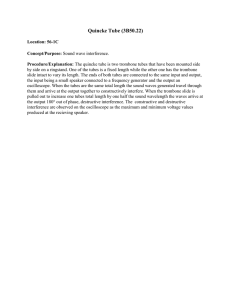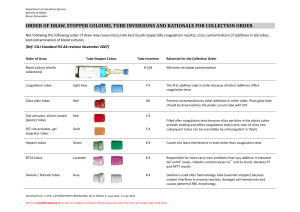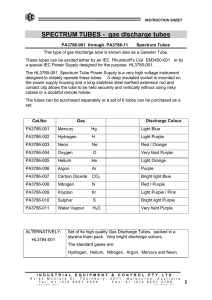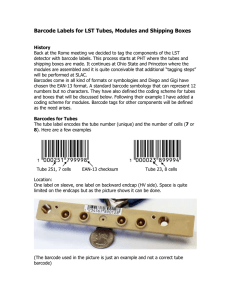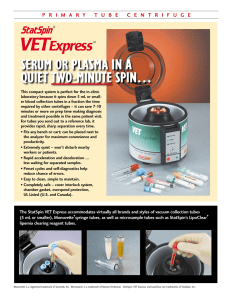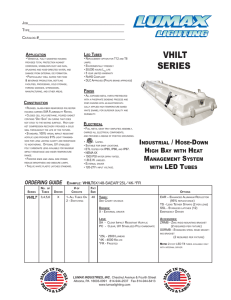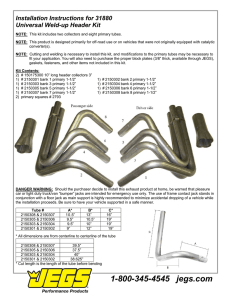Cardboard Tube
advertisement
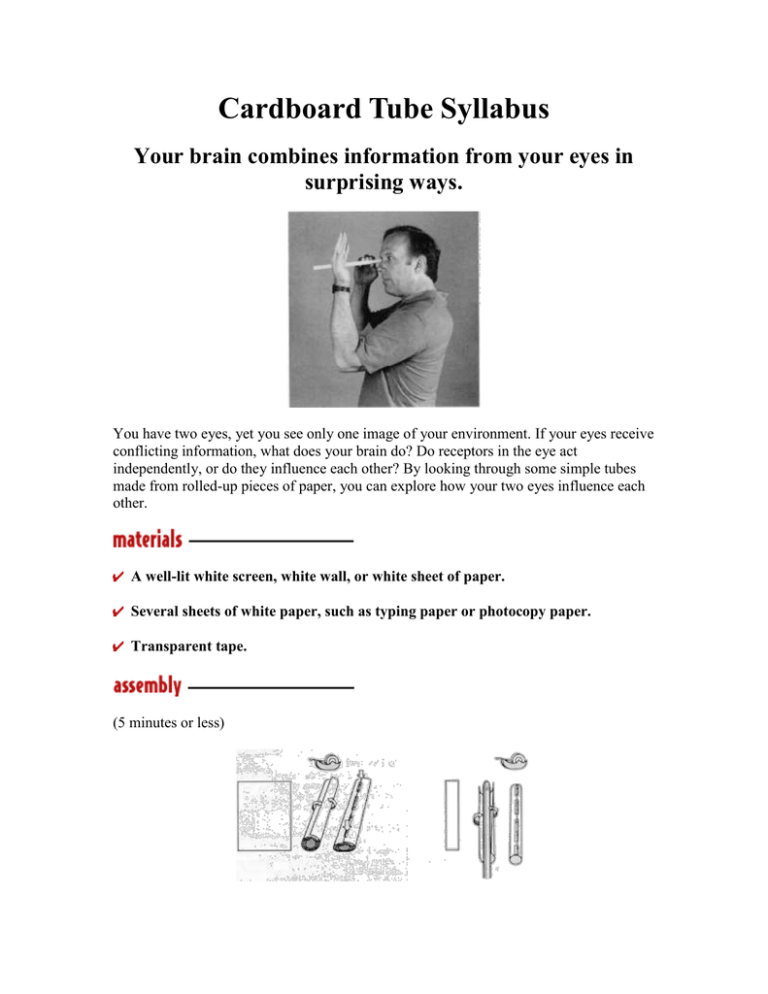
Cardboard Tube Syllabus Your brain combines information from your eyes in surprising ways. You have two eyes, yet you see only one image of your environment. If your eyes receive conflicting information, what does your brain do? Do receptors in the eye act independently, or do they influence each other? By looking through some simple tubes made from rolled-up pieces of paper, you can explore how your two eyes influence each other. A well-lit white screen, white wall, or white sheet of paper. Several sheets of white paper, such as typing paper or photocopy paper. Transparent tape. (5 minutes or less) Roll three of the sheets of paper into paper tubes that are 11 inches (28 cm) long and about 1/2 inch (1.3 cm) in diameter. Use tape to keep the tubes from unrolling. Squash one of the tubes so that its cross-section is a very flat oval. Cut one piece of paper into a strip that is about 2 1/2 inches (6.4 cm) wide and 11 inches (28 cm) long. Roll this strip into a tube that is about 1/2 inch (1.3 cm) in diameter and 11 inches (28 cm) long. With these tubes, you can perform a variety of experiments. Each has its own "To Do and Notice" and "What's Going On." Try all four! 1. 2. 3. 4. Hole In Your Hand Overlapping Spots Circles or Ovals? Lateral Inhibition You can use paper towel tubes for all but the last of these experiments.



